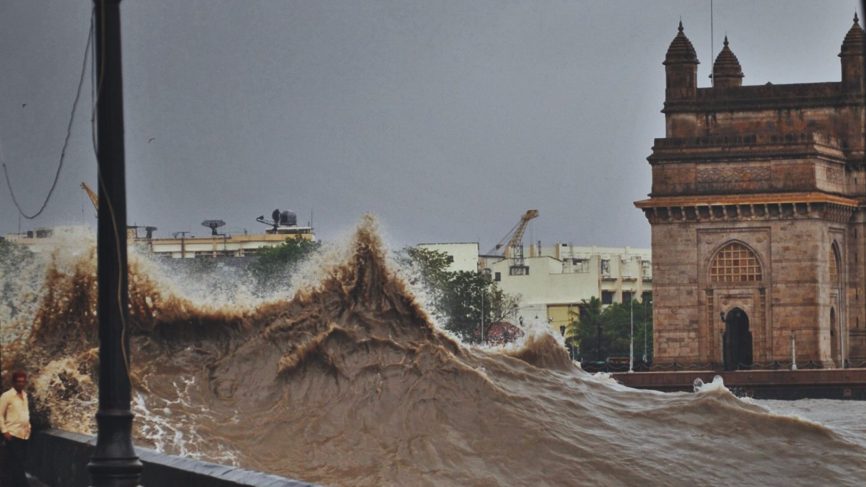Extreme weather events that took place once in a century will soon take place once every year, the IPCC report warns

It may seem like we’re drowning in a flood of news about climate change right now, but this one is more dire than the rest. The latest report by the UN’s Intergovernmental Panel on Climate Change (IPCC) warns that the impact of global warming is being felt already, is going to get worse than we anticipated and poses an existential risk to billions of us in the not-so-distant future. No matter where you live now, or in the future, you will be at risk, the report warns. The only hope is if we can somehow delay this by keeping the rise in temperature to under 2°C.
“Melting glaciers and ice sheets are causing sea level rise, and coastal extreme events are becoming more severe,” the IPCC says. “The open sea, the Arctic, the Antarctic and the high mountains may seem far away to many people,” Hoesung Lee, Chair of the IPCC, says. “But we depend on them and are influenced by them directly and indirectly in many ways–for weather and climate, for food and water, for energy, trade, transport, recreation and tourism, for health and wellbeing, for culture and identity.”
The Climate Crisis is real, and it is here
Nowhere in the world will be safe but coastal cities, which currently host nearly 2 billion humans, are particularly vulnerable, says the report compiled by over 100 scientists across 36 countries. And in just a few decades could face the devastating impact of rising sea-levels and tropical cyclones. Indian cities like Mumbai, Kolkata, Surat and Chennai are at a major risk. (A separate study also points out how tropical cyclones in the Arabian Sea are not more likely than ever. Read it here. And Amitav Ghosh has pointed out just how devastating it would be for Mumbai.)
The IPCC report raises many other red-flags. Here are just some of the highlights:
– Tropical cyclones are getting more frequent and more severe, the IPCC warns.
– Extreme-weather events, like torrential rain, floods and heatwaves have become more frequent. What was a once-in-a-century occurrence will now become a once-in-a-year event by 2050.
– A mere 50cm (0.5m) rise in sea-levels is enough to inundate entire coastal cities. If we somehow manage to keep warming to under 2°C, sea-levels will rise by 30-60cm, which is still bad. But if we don’t, things could be catastrophic, with waters rising by up to 110cm, putting at least 45 major cities across the world, including Mumbai, Chennai, Kolkata, and Surat at risk. Worse, entire regions like the Maldives archipelago and the Andaman & Nicobar islands will be inundated and unfit for habitation.
– Cities inland aren’t buffered from climate change either. Over the next 80 years, 64% of the glaciers in the Hindu-Kush Himalayas will have melted. These glaciers feed some of the key rivers that flow through India and rest of Asia. The effect of this glacial melt on settlements downstream will be devastating. And as these glaciers disappear, cities and towns—including most in North India—that could face severe water scarcity.
Is there a way out of this climate crisis?
“If we reduce emissions sharply, consequences for people and their livelihoods will still be challenging, but potentially more manageable for those who are most vulnerable,” Lee says. “We increase our ability to build resilience and there will be more benefits for sustainable development.”
Article Credit: cntraveller
